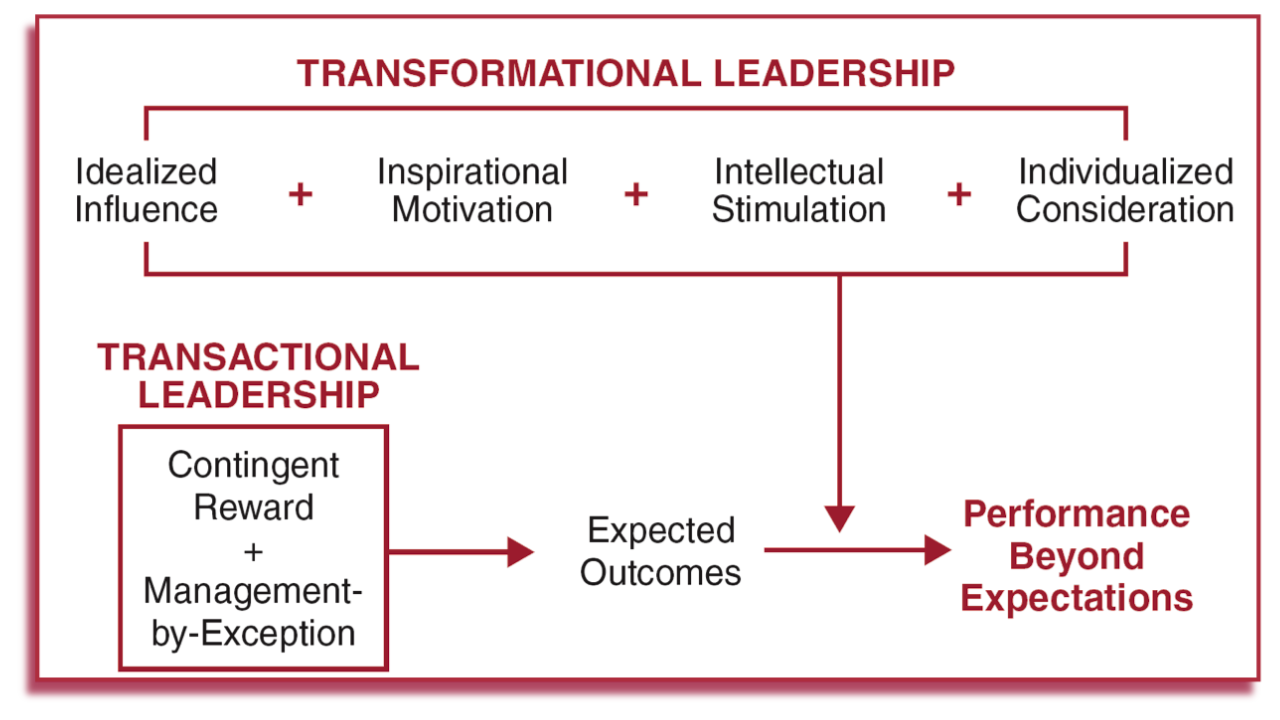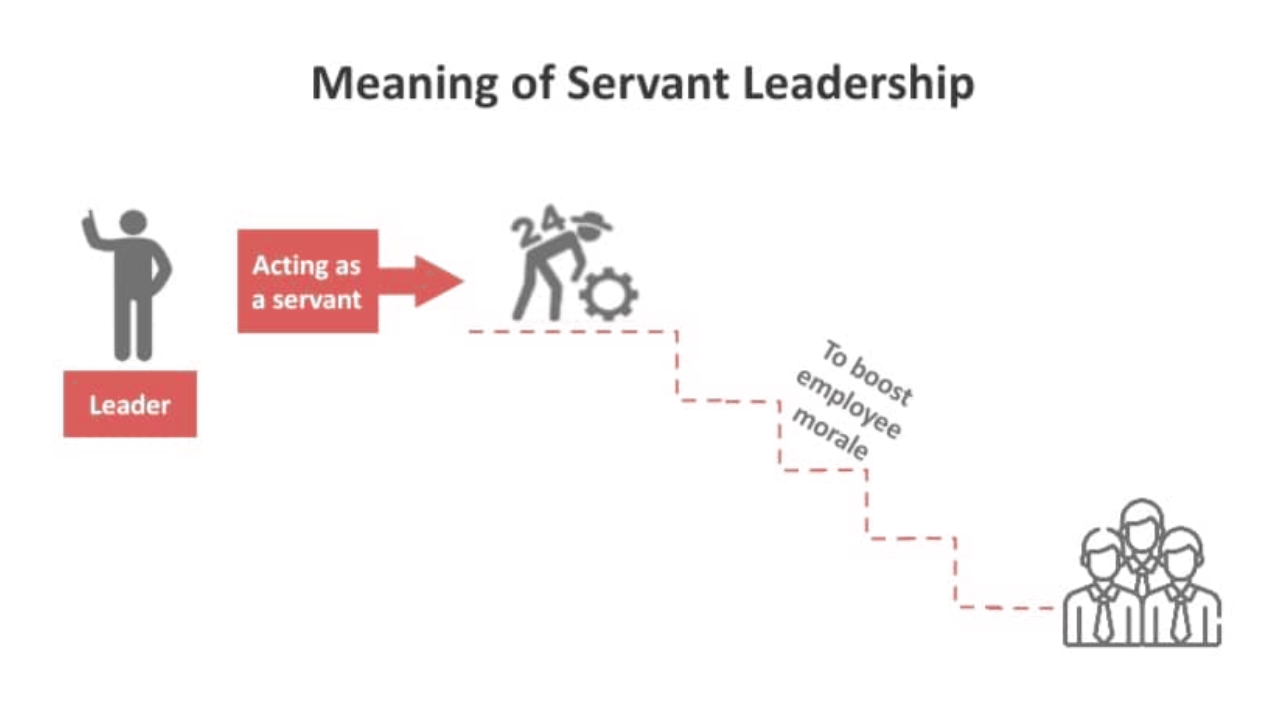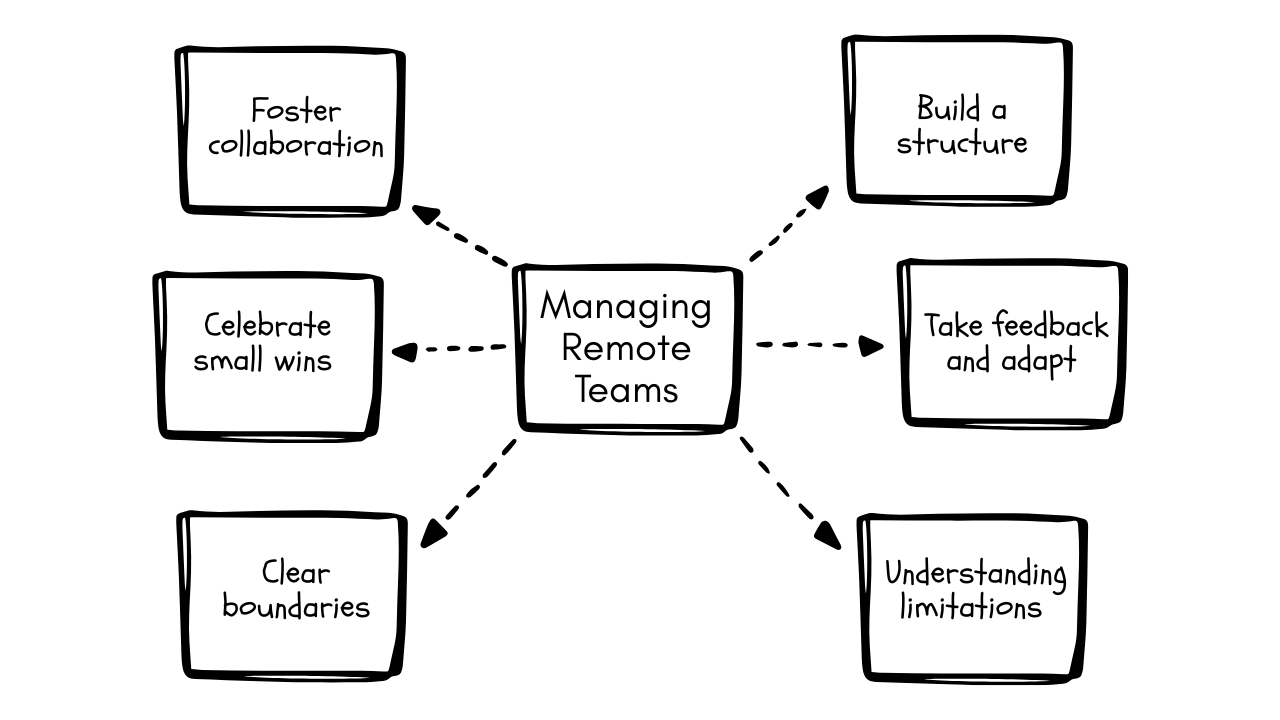Working remotely means no long commutes, working in your PJs while sipping on your coffee, having more control over your day, all while working from the comfort of your home.
And on the other side, you hear people talking about isolation, demotivation, little to no human interaction, feeling like working 24/7, and burning out. There are people who want to go remote, and then there are people complaining that a remote setup has messed up their mental health.
When asked about challenges of remote work, 47% of employees say they face difficulty in separating work and personal time, while 17% reported poor organization from the company.
So here’s my idea: Everything has pros and cons. We cherish the pros and learn to navigate and minimize the cons. Isn’t it the same with an in-house setup?
You get human interaction, an environment that’s designed for productivity, and a system. But at the same time, people get rushed mornings, less flexibility, commuting time, distractions, and peer pressure. But didn’t we learn to navigate the cons?
This is where a leader comes in
The worst thing to do in a virtual setup is not to trust your team and micromanage them in the name of productivity tracking. It also doesn’t mean you go by the laissez-faire leadership approach and hand over everything to your team.
Your wrong leadership can make working from home difficult and affect your employees’ mental health and satisfaction levels. Remote work needs clear instructions, defined goals, and boundaries. But it also needs collaboration, empathy, trust, and effort to build connections.
The challenges we’ve talked about can be tackled if the leader leads according to the requirements of a remote setup. You should promote collaboration and trust among the team. You need to lead with empathy and maintain a balance between professionalism and human connection.

Best leadership style for virtual teams
Let’s get real, we don’t lead with one particular style of leadership. We adapt according to situations, and often our style is a blend of two or more leadership models. The same is true in a remote setup.
You need to lead with empathy, trust, and collaboration. A blend of transformational and servant leadership serves as the best leadership style for remote teams.
Now, it doesn’t mean you leave the style you practice, and blindly follow this model. Depending on the nature of work, you might need to lead with guidance (coaching leadership) or with clear structures and strategies (autocratic leadership), or you might need individual creativity and autonomy (laissez-faire leadership).
As a rule of thumb, keep the style you practice in the physical setup and blend it with transformational and servant leadership.
Transformational leadership:
This is the visionary style where you inspire and motivate your team through your charismatic personality and words. It’s easy to get demotivated when you’re working from home and don’t have an office-like environment that keeps you in the zone.
To compensate for that, you, as a leader, have to inspire your team. Remind them of company goals and values to maintain a sense of purpose. Acknowledge their efforts and appreciate small wins to keep their morale high.

Servant leadership:
This is where care and empathy come in. You consider your team’s problems, priorities, and concerns. You ensure the decisions you make align with their well-being and available resources. In remote teams, the employees should be prioritized over productivity.
Isn’t that what we all wanted as remote workers? Someone who understands our challenges and adapts the frameworks accordingly. Be the leader you wish you had.

Am I even ready to be leader? If that is what you are thinking right now, I got something for you: 10 signs you are ready to lead and what to do if you are not.
Also check: 6 Leadership Models and How to Identify Yours?
6 Tips for Effectively Managing Remote Teams

1. Foster collaboration among your team
Schedule weekly or bi-weekly team meetings for updates. Use the first few minutes to engage with your team, ask about their day, or if they’re on to something special.
2. Celebrate small wins
Whether work-related or personal, if you know there’s something worth congratulating, go ahead and do it. Let your remote employees feel seen and appreciated.
These tiny acts give them a sense of being a part of a team. You can also have a separate channel in your communication setup for sharing and celebrating such moments.
Also Read: Leadership in Startups: Challenges, Styles, and Growth
3. Set clear boundaries and expectations
A survey was conducted in Australia, where 25% of the employees said the employer should support remote work by advocating for their work-life balance.
The line between work and home can get blurred easily in virtual setups, leading to a disorganized life. Ensure the work hours are clearly defined, and no one should be expected to be available outside those hours.
Set clear expectations for deadlines, results, and tasks so everyone can follow along.
4. Build a structure
Just like we have a culture and a system in place for in-office work, we need to build the same for remote work. It’s challenging and requires time, but that’s what streamlines this new form of work.
5. Take feedback and adapt
Ask your team for feedback on your approach to remote work. You can prepare a feedback form and get their opinion across categories like workflow, team communication, collaboration, their mental health, and boundaries.
6. Cultural and geographical limitations
Be extra mindful of the employees who are in a different time zone or come from a different cultural background.
Ready to lead your remote team?
It’s not difficult, it’s unfamiliar. Remote work is the norm now, and leadership needs to learn to thrive in this new environment. If you try to stick to your old leadership style, your team will mentally struggle, which will impact their performance and productivity.
It’s the leaders who decide systems and culture. So ensure you’re flexible in your approach. Lead with empathy, build a connection with your team, encourage collaboration while maintaining clear work expectations and boundaries.








